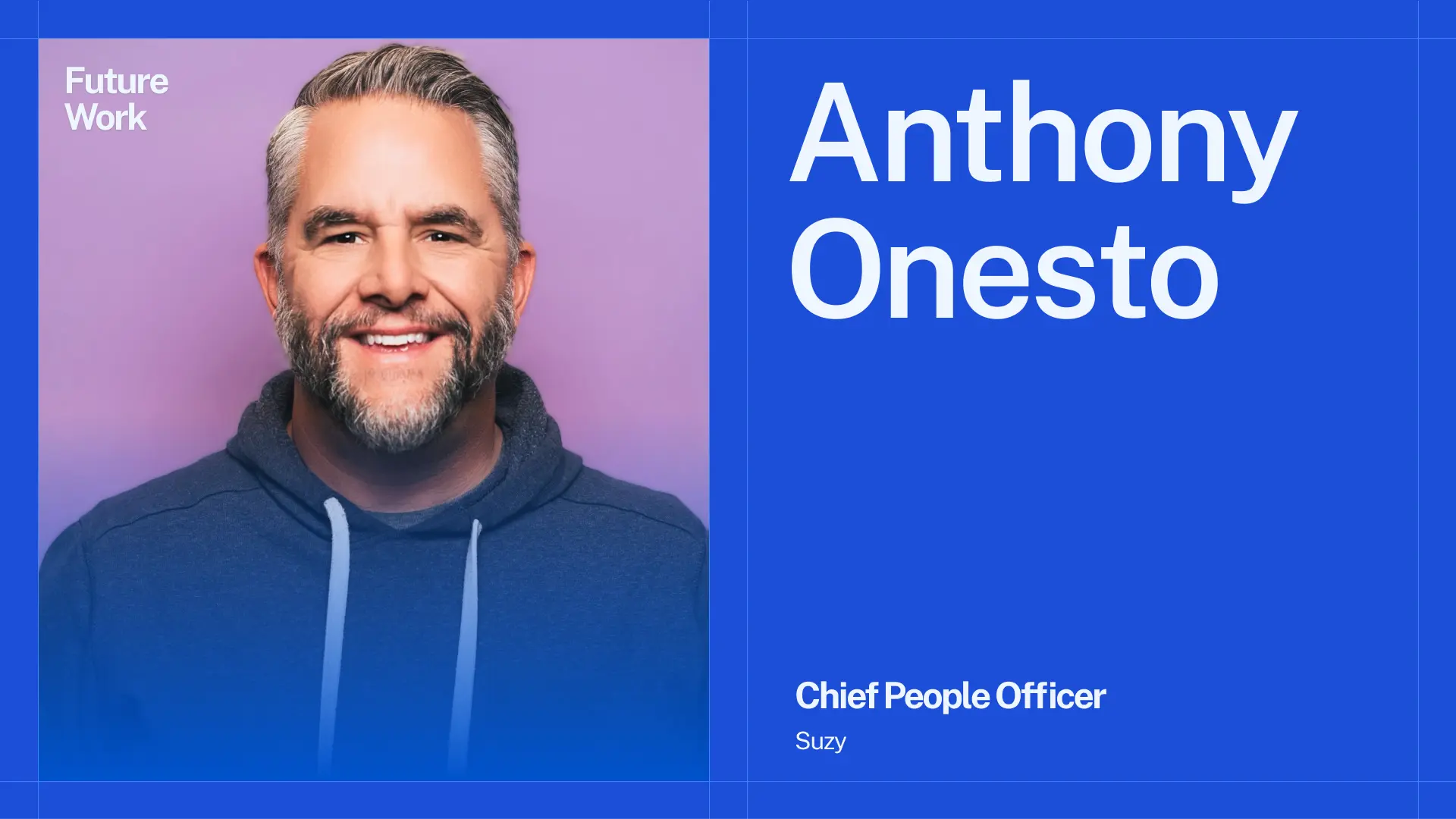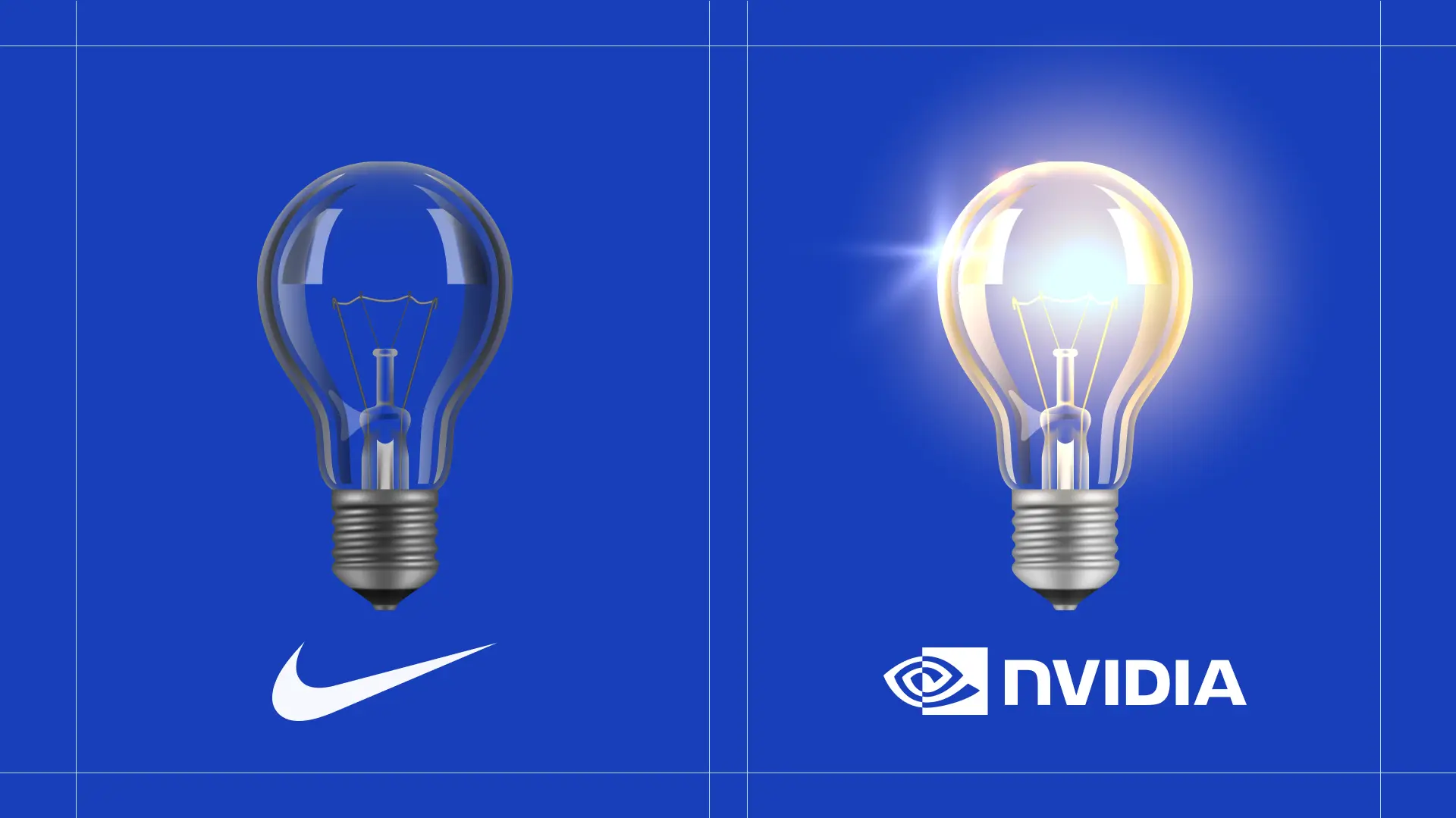"Why are we doing work that A.I. can do?" is a question I keep returning to when discussing the opportunities A.I. provides.
"Having people do routine tasks that A.I. can do is not an option. We are going to need technology to do some of the mundane work so that people can do higher-value work," replied IBM CEO Arvind Krishna in an interview with Nikkei Asia about what jobs AI will replace
Amen.
So where's the rub?
From recent conversations, it is in three realms:
- One, people are unaware of how AI could benefit them and how to take advantage of it.
- Two, the barrier to getting started with A.I. is too big because most of the A.I. still needs to be integrated into major tools.
- Three, companies aren't digitized enough for AI to be truly advantageous. Only when we can achieve both can we fully reap the benefits of AI, meaning a big job to be done by company leaders.
(Note: AI is developing rapidly. Take a look at our six must-know AI trends in 2024.)
1. People are unaware of how AI could benefit them and how to take advantage of it.
Many people have yet to try A.I.
As PEW reported this week, "A majority of Americans have heard of ChatGPT, but few have tried it themselves." There's a gap between the opportunity A.I. offers and people actually taking advantage of it.

In one way, this is understandable, as Future of Work strategist Antony Slumbers reminded me on an upcoming episode of the Future Work podcast:
"While I also thought adoption was a bit slow, ChatGPT has seen one of the quickest adoptions of any tech platform. It has only been available since November 30 last year, so achieving 13% adoption in the entire U.S. population in six months is fast. While sometimes we imagine everyone already having adopted the tool in our circles, it makes sense that most people are still yet to embrace it."

To bridge this gap, some CEOs have implemented clever strategies. For instance, one CEO made ChatGPT the first page to load when opening Chrome for all employees, while another made A.I. accomplishments part of monthly celebrations.
Check out my complete guide to ChatGPT 5, the next iteration of ChatGPT.
Celebrating accomplishments is a great way to answer the question of how to use AI, because practical use cases are still sparse for most. Ensuring that A.I. tools are genuinely helpful and valuable to users is essential.
Companies should also tailor their approach towards employees' sentiments about AI, researchers from the University of Buffalo, Rutgers University, Simon Fraser University & IÉSEG School of Management found.
Professor Evangeline Yang explains: "As a Human Resources researcher, I was particularly interested in the human side and how individuals and teams interact with AI.” Her study found that teams' enthusiasm to collaborate with AI is dampened when forced to use it, while negative teams are more likely to collaborate if forced.
The PEW data shows that a third of users find A.I. extremely (15%) or very useful (20%), while 39% find it somewhat useful. These numbers show that even when people use the tool, they sometimes need to learn how to get maximum value.
Microsoft's Head of Strategy, Chris Young, suggests taking a role-by-role and department-by-department approach to kick off the AI adoption process.
By starting with individual roles and departments, businesses can identify areas where AI can optimize operations, increase productivity, and enhance performance, creativity, and enjoyment by eliminating menial work.
A practical example: Sales Managers
Let's take a practical look at a role most companies have: the sales manager. Even though the new wave of generative AI in the Workplace is a relatively recent phenomenon, every salesperson should adopt one or more tools to increase their effectiveness.
Z.S. cofounder Prabhakant Sinha writes in Harvard Business Review that sales are well-suited to the capabilities of generative A.I. models.
Selling is interaction and transaction intensive, producing large volumes of data, including text from email chains, audio of phone conversations, and video of personal interactions. These are exactly the types of unstructured data the models are designed to work with. The creative and organic nature of selling creates immense opportunities for generative A.I. to interpret, learn, link, and customize."
In a C-suite study on ChatGPT adoption, 23% of CEOs say they're already looking for people with ChatGPT experience in sales.
According to Salesforce research, AI is the biggest game changer for sales only behind online meetings. High-performing sales teams are already 2.8x more likely to use A.I. than underperformers.

Everyday sales tasks like generating a sales strategy, sourcing leads, creating outreach, answering emails, scheduling meetings, sending follow-ups, and negotiating deals can all be done faster and better with AI.
Salesforce notes that over 60% of a Sales Development Representative's (SDR) roles are manual and administrative tasks that are easily automated.
We're not staring into a crystal ball here: we're talking about existing tools such as ChatGPT, Bard, Clay, Grammarly, and A.I. features in platforms like Salesforce, Hubspot, the Microsoft Office Suite, and Zoom.

A few examples include:
- Using GPTforWork and ChatGPT to research leads and quickly prepare personalized messages for each prospect.
- Using Grammarly Go to respond to messages in a personalized, persuasive manner – way better and faster than you could have replied personally.
- Using Reclaim or Clockwise to smartly schedule meetings without the back-and-forth, ChatGPT to rehearse the most important discussions, and Fireflies to transcribe the meetings and send follow-up notes.
I listed all platforms that deliver value to sales teams, which can be adopted today in this Google Sheet. (If you have suggestions based on hands-on experience, please email me your contribution to daan@flexos.work. I'm also happy to expand this list to other common roles like customer service, account management, finance, and operations.)

2. The Barrier to using "A.I. startups" is too high
Besides early adopters, people need more than just the promise of great AI to sign up and use these tools. A contributing factor is that many tools are still startups in their early stages, even OpenAI.
The startup nature of these tools can sometimes introduce skepticism and uncertainty regarding their reliability, longevity, and the support they can provide.
They also don't want to reinvent their work, learn new tools, and change workflows and processes.
To overcome these challenges and encourage widespread adoption, AI-powered tools must focus on integrating and compatibility with existing software and platforms commonly used in the target industry.
By integrating smoothly into established workflows and processes, these tools can alleviate concerns about disruption and minimize the need for extensive relearning.
Once Microsoft and Google fully integrate Co-pilot into their products, many more people will start getting used to working with AI.
It's clear that once this happens, writing emails and attending meetings will start getting taken over by AI because it's as simple of a transition as an update to the existing software.
3. Companies need to be digitized further.

As discussed in my article about AI and Productivity, the more digital a company is, the more it can take advantage of A.I. This is why remote companies could see an outsized opportunity to leverage A.I., as futurist Dror Poleg correctly pointed out in "A.I. and Remote Work: A Match Made in Heaven."
The more data to work with, the more value A.I. can deliver. For example, A.I. apps like Fireflies can save most of us work hours by taking detailed meeting notes, summarizing them into a neat recap, and preparing an email to share with attendants.
However, this doesn't work for in-person meetings, with no laptop to record the meeting.
Likewise, as Chris Dyer pointed out in our conversation about the secrets of managing remote teams, we spend hours finding information within our company. A.I. could help us conversationally unlock that information, eliminating the need to search, open documents, scan their contents, and find the answer ourselves.
In "The Rise of the Copilots," Josh Bersin describes how his team "built our own Josh Bersin Copilot with full conversational access to more than 20 years of research, more than 600 blogs and articles, our 100+ podcasts, and soon the Josh Bersin Academy."
To make the most of AI, we need to have our content digitized and easy to find. This is important because it lays the groundwork for future advancements that AI'll power. Without digital content, we won't be able to make these advancements happen.
Harvard Business School professor Karim Lakhani described this well in his conversation with HBR editor Amy Bernstein about how generative A.I. boosts productivity: "Digital transformation and A.I. are the same things. You need to have data streams ready – the digitization imperative only increases as companies without data won't benefit."
Let's stop doing work that A.I. can do.
With all these platforms available right now, it's clear that incorporating A.I. will quickly boost efficiency and work quality and empower employees to focus on higher-value tasks.
Adopting A.I. is a win-win for companies and people, as we can utilize our human capital for meaningful things to us as people and professionals.
My advice: don't wait until tomorrow.
Or, in Microsoft's Chris Young's words: "You need to chill out and panic at the same time."
For more on (getting started with) AI, check out my other articles:
- Overview: AI in the Workplace
- AI in Management: How AI will change the way we manage (+37 tools to try)
- 6 AI Recruiting Tools for Smart and Effective Hiring
- Best AI Accounting Tools for Improved Accuracy and Efficiency in 2024
- Best AI Presentation Generators
- 10 AI Marketing Tools to Streamline Your Marketing Workflow
- The 10 best AI Productivity Tools to work smarter, not harder (some of my favorites)
- Our top 10 Free AI Websites to Work Smarter and Faster in 2024 (for common tasks)
- Use our Prompt Generator to create 10x more powerful prompts and see more value from your ChatGPT usage.
- Women and AI: Why the data shows women are at risk of falling behind.
- From Coders to Writers: An honest look at jobs AI will replace
- 18 Ways On How To Use AI at Work in 2024 (+39 Tools Reviewed)
- And another 7 Free AI Tools to Make Your Life 10x Easier
Daan
You Might Also Like …
Future Work
A weekly column and podcast on the remote, hybrid, and AI-driven future of work. By FlexOS founder Daan van Rossum.
Our latest articles
FlexOS helps you stay ahead in the future of work.






![[Report] The Top 100 AI for Work – April 2024](https://assets-global.website-files.com/6442419dcf656a81da76b503/660e194ea7792c044cf315de_FlexOS%20-%20Top%20100%20AI%20for%20Work%20Platforms%20(Apr%202024).webp)
![[Stanford Research] AI Beats Humans // Stay Ahead #21](https://assets-global.website-files.com/6442419dcf656a81da76b503/6626969da94edaba453bac4f_Get%20Ready%20For%20Your%20AI%20Clone%20(4).webp)


